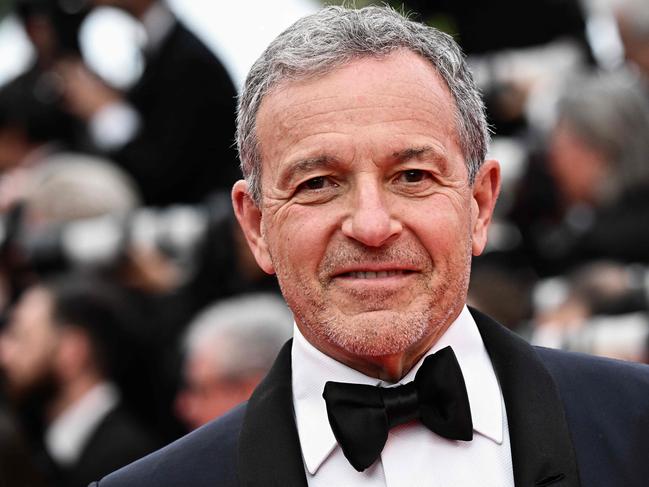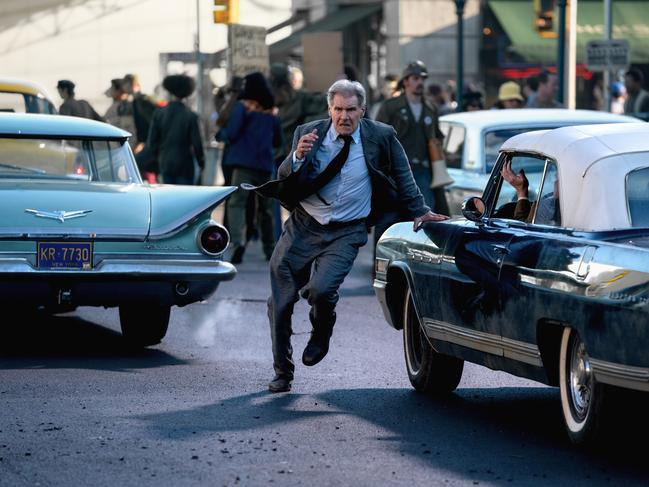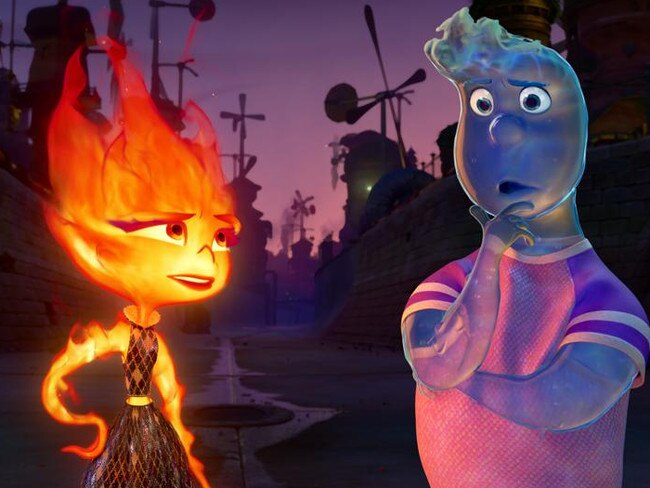Big picture at Disney is yet to come into proper focus
Reinstalled Disney chief executive Bob Iger must deal with disappointing box office and a drop in subscribers for its streaming service.

Months after leaving The Walt Disney Company and thanking colleagues for “the ride of a lifetime”, Bob Iger was abruptly reinstated as its chief executive last November. His second ride is shaping up to be just as bumpy as one of his theme park’s rollercoasters.
The entertainment powerhouse is under pressure. Crowds at its theme parks are said to have thinned amid complaints about “aggressive” pricing. And while blockbusters like Barbie and Oppenheimer are helping to revive business in cinemas, Disney has endured a disappointing year at the box office. Plus, its Disney+ streaming platform has been shedding subscribers.
Wall Street is less than impressed. Disney’s shares have slipped by 3 per cent since the turn of the year. In that time, the S&P 500 share index has risen by 17.1 per cent.
With its profitability in focus, Iger, 72, has moved aggressively to tackle costs, laying off 7000 staff and restructuring the business, in an effort to allay the concerns of restive analysts and shareholders.

The veteran executive has made it clear, too, that he’s sticking around. Having initially agreed to come back for two years, Disney’s announcement that he would stay until the end of 2026 surprised few in Hollywood. There was “more to accomplish”, he declared, having started to make “important and sometimes difficult decisions” to reinvigorate the business.
The decisions Iger became known for during his first stint as chief executive involved ambitious, often unexpected acquisitions that helped Disney to build its empire – Pixar in 2006, Marvel in 2009, Lucasfilm in 2012 and most of 21st Century Fox in 2019 – so inevitably his return started a rumour mill regarding what he could, should or would buy next.
Recently, though, he has invited speculation over what the group might sell. Iger told CNBC, the financial news channel, last month that Disney’s traditional television business, which includes ABC, FX and National Geographic, “may not be core” to the company, adding it was considering the future of such “no-growth” divisions. “Clearly,” he said, the linear television business was “going to continue to struggle”.
Iger has made it known that Disney is open, too, to selling an equity stake in ESPN as the sports broadcaster makes the leap from its cable television roots into the world of streaming. It is said to have held talks with several key American sports leagues, while other mooted partners include Amazon and Apple, both of which have launched streaming services that broadcast live sport.

Beyond the financials, Disney is also grappling with questions about its reliability as a producer of cinematic hits. Iger has conceded that Pixar has put out a few “creative misses” and that the focus at Marvel was “diluted” by efforts to mirror its big-screen success on the smaller living room version as it produced a string of series for Disney+.
“The box office has been weak,” analysts at Macquarie said in a recent report on Disney, setting out why they had grown “more nervous” over its near-term prospects.
They called out the underperformance of Pixar’s Elemental and the “modest start” by Lucasfilm’s latest instalment of the Indiana Jones franchise this year. There are hopes that Wish, a film from Disney’s animation studio, could help to turn things around in November, while Pixar is working on a fifth Toy Story movie.
The wider group’s pipeline of releases is set to be disrupted by industrial action. The Writers Guild of America went on strike in May and was joined by SAG-AFTRA, which represents tens of thousands of actors, in July. Hollywood productions have ground to a halt.
“Everyone in the TV and film ecosystem loses from this civil war,” Laura Martin, an analyst at Needham, says. “With less new TV and film content, consumers will find new ways to spend their leisure time.”
Indeed, she says unions had underestimated Wall Street’s possible perception of the strike. By lowering production costs and increasing cashflow, it might be seen as “a short-term financial positive for film and TV companies”.
There have been complaints about the high cost of entry to Disney’s theme parks, and in March Iger admitted that the company had been “too aggressive” in its theme park pricing in pursuit of profits and that it needed to be “smarter about how we price”.

Then there are battles on the home front. Disney has spent years – and billions of dollars – ensuring that it can still reach fans who have no intention of visiting its theme parks or a cinema. Its Disney+ service was designed to maintain, even strengthen, its connection with those who do not venture further than the sofa.
The platform’s rapid rise in less than four years, bolstered by pandemic restrictions that confined people to their homes, propelled its base to a peak of 164.2 million paying users last October. But its cut-price Hotstar platform in India was central to its international growth. Since Hotstar lost streaming rights to Indian Premier League cricket matches, the service has been losing subscribers. By the beginning of April, Disney+ had 157.8 million overall; it is thought to have started July with 156.1 million, according to FactSet.
Analysts closely scrutinising losses generated by Disney+ are now wondering, too, whether the platform can maintain its early dominance. “Can you win and become a massive global streaming service that is able to charge enough to create a great business if you are paring back on content?” asks Richard Greenfield, of LightShed Partners. “Can you really get to scale globally without heavy investment in local original content in every market you operate?
“Without massive global reach (on its own platform), is Disney actually hurting the value of its (intellectual property by) not exposing it widely enough (rather than distributing films and series via other platforms)?”
Wall Street and many observers beyond it are awaiting answers to those questions, and more. And as the ride continues, with no successor in sight, Iger will be the one to grapple with challenges that he admits are greater than he had anticipated. “I did like retirement,” he told CNBC, adding: “I highly recommend it, by the way.”
The Times
